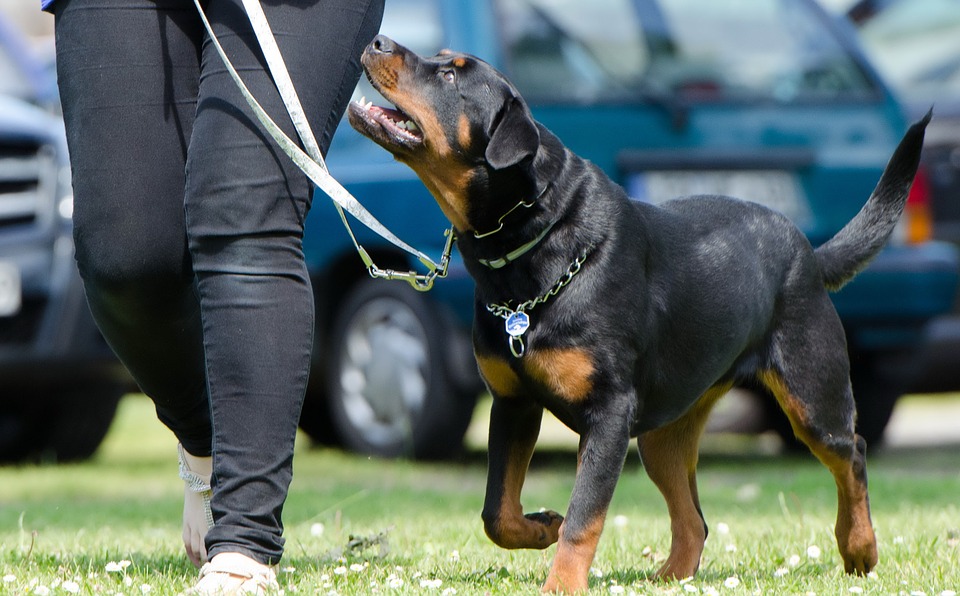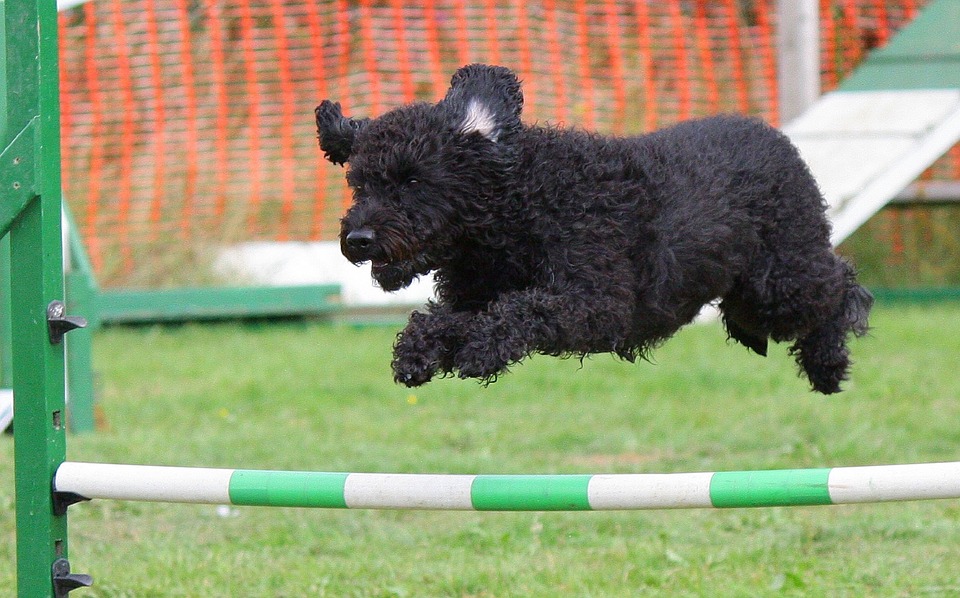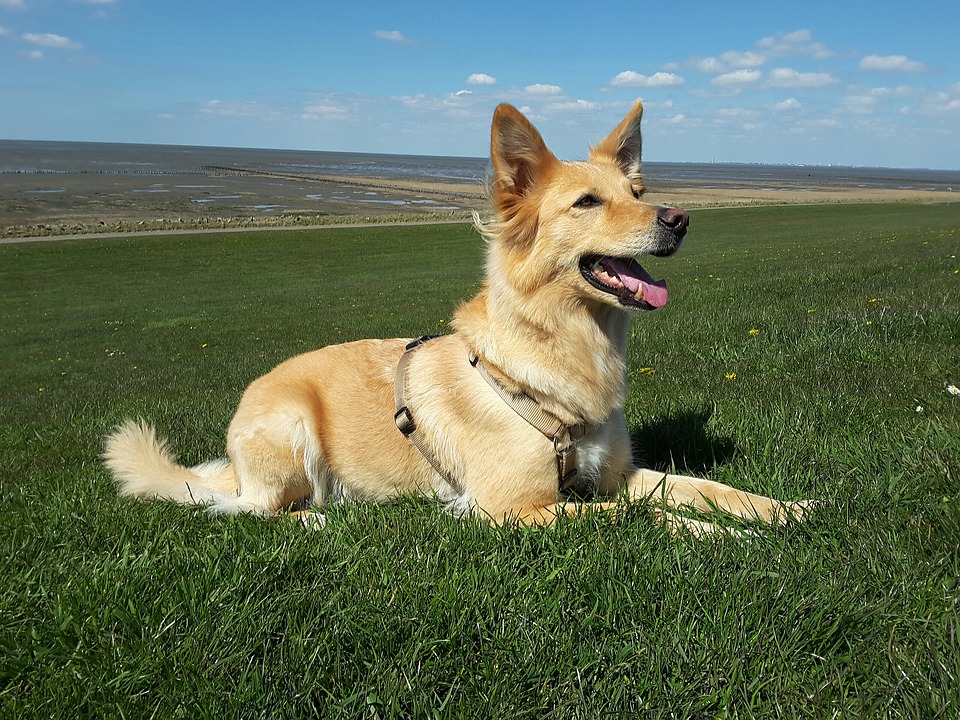
Dog School Dog Training Rottweiler

Yes, You Can Train Your Dog
One of the great things about owning a dog is that they’re so receptive to training. Try teaching a cat to sit and stay, and they’re much less likely to listen to you. While some dogs can be more difficult to train than others, there are few that are totally untrainable. When you first get your dog, whether from a rescue or a breeder, you should start trying to train them straight away. Some basic skills will make your life easier and help to make your dog happier too. For example, you can start training them to sit, stay, lie down, and walk to heel. Start training your dog with these tips.
Tools That Help you Train Your Dog
Much of the time, you don’t need much to start training a dog. Something to reward them with is all you need to get started. However, there are some useful tools and pieces of equipment that can help you. For example, some people choose to do clicker training, which helps the dog associate a clicking noise with positive behavior and reward. There are also collars and harnesses that will help you train your dog – you can find more info here. Before you start training, you might want to look into any useful equipment that you think might help you.

The Right Training Environment
Much like humans, dogs need the right environment to learn in, especially when they’re just starting out. If there are too many distractions, they might struggle to concentrate. Who wouldn’t rather go and sniff another dog instead of sitting still? Before you do any training sessions, try to find somewhere quiet where there aren’t too many distractions. Of course, you might want to try out a busier environment eventually. For example, you want to make sure that your dog can come back when called. But it’s best to try these things at home first, instead of out in the open.
Rewarding Your Dog
As with children (and adults too), positive reinforcement is what’s best for helping a dog to learn new things. Many people use treats to reward a dog, but you don’t have to. You might worry about overfeeding your dog if you give them a treat every time they do something right. There are other ways to reward your dog, including giving them their favorite toy when they do something you want them to. Some trainers suggest using different rewards for different situations. If your dog is expected to perform a more challenging action, you might need a more motivating award than you would normally give.
Taking Your Dog to Training Class
Training your dog at home is possible even if you don’t have any training experience. You can read books and watch Youtube videos to help you. However, it can be very helpful if you’re able to take them to a training class or perhaps even get a trainer to visit you at home. Professional advice can help you if you’re struggling or if you have a particularly stubborn dog. While generic advice from the internet can be useful, you sometimes need more specific help tailored to your dog.

Patience and Practice Make Perfect
Even the smartest dogs can take a little while to pick some things up. For some dogs, there could be an underlying condition that affects their behavior, too – watch for odd behaviors like a dog peeing in his sleep and speak with your vet. There are some actions they can master in one session, like learning to sit. But other things can take longer, and it’s important to have patience. You should also make sure that you have regular training sessions with your dog. Don’t expect to leave huge gaps between lessons and have them improve quickly. You need to practice things with your dog, whether it’s walking on a leash or coming to you when you call them. If you get frustrated, it’s ok to take a break instead of pushing forward.
Take It One Step at a Time
Training your dog is a process, and they won’t always learn something in an afternoon. You’re trying to get them to associate particular behaviors with reward and also with a command. Whether you choose to use words or gestures to give them instructions, it can take a while to get them to associate commands with actions. You often need to teach them something new in stages, introducing different parts slowly until they can do the complete action. This is one of the reasons it’s important to have patience and to be willing to practice.
You can have a lot of fun training your dog, but you need to be willing to put in the effort. If you need help, don’t be afraid to look for it. How have you tried to train your dog?


